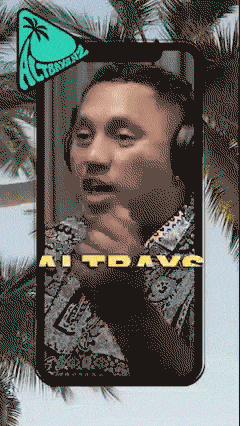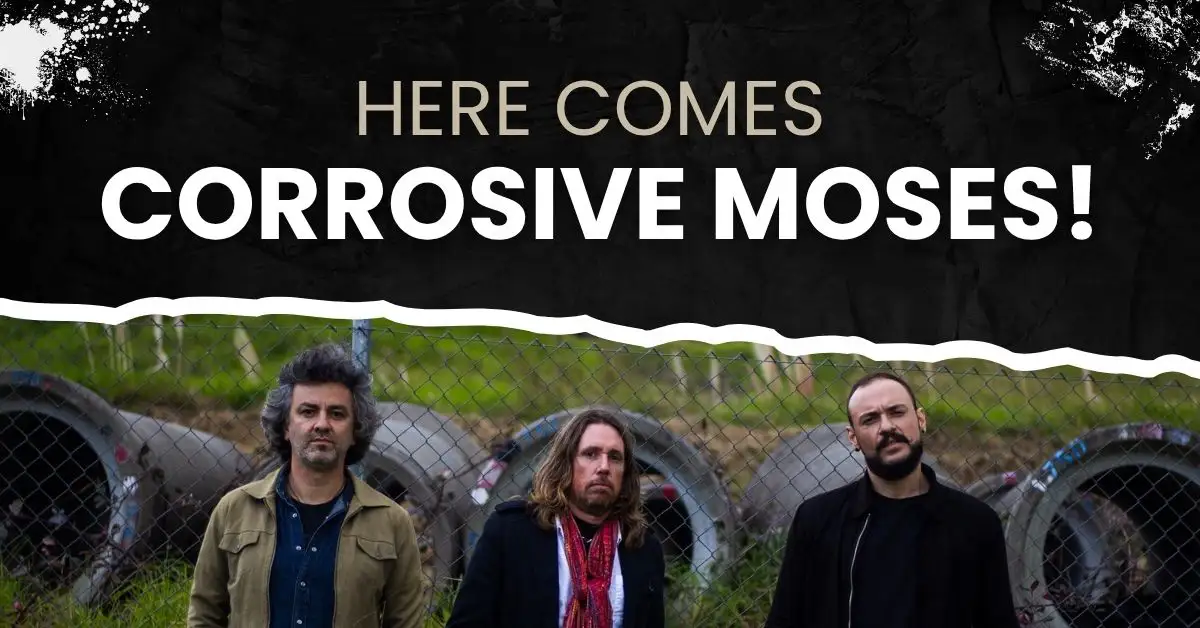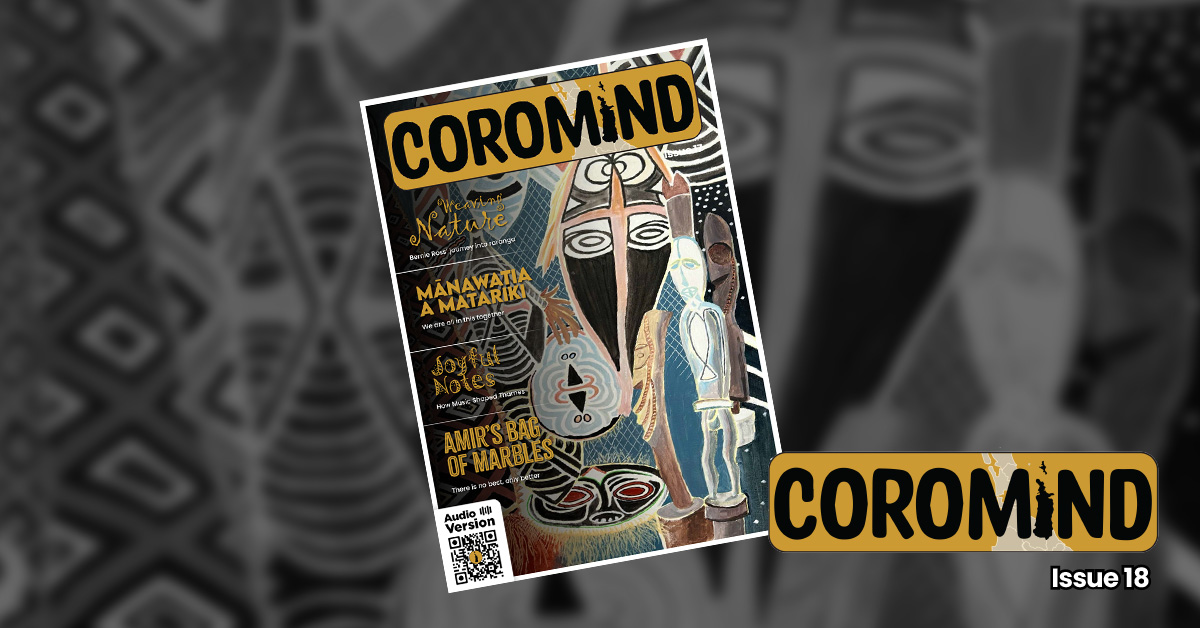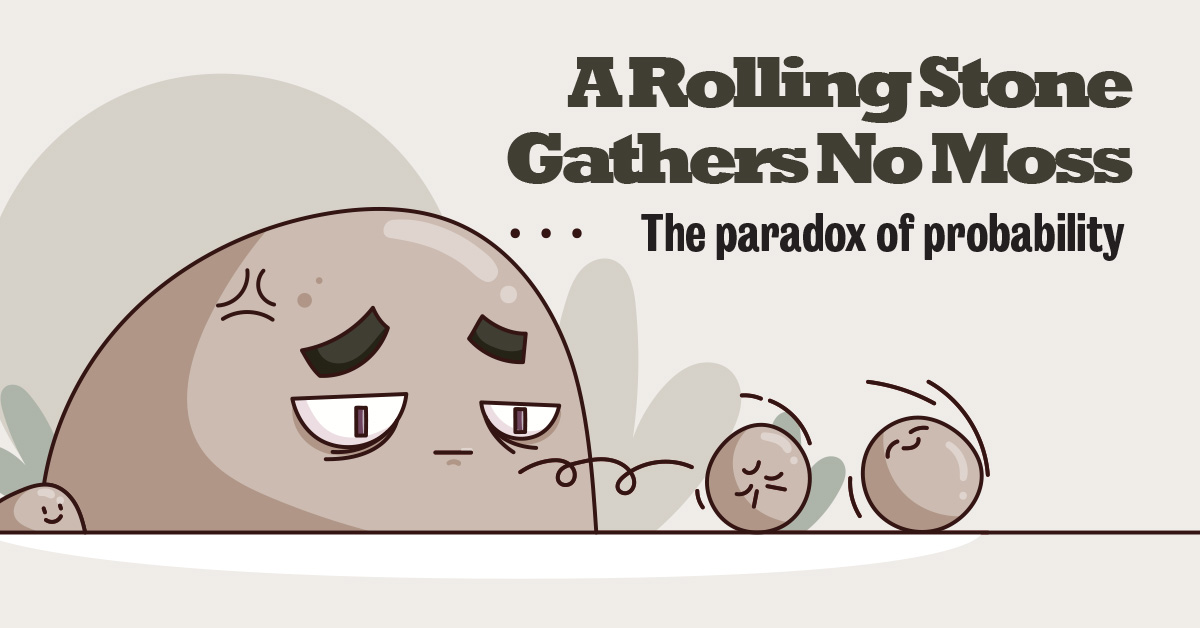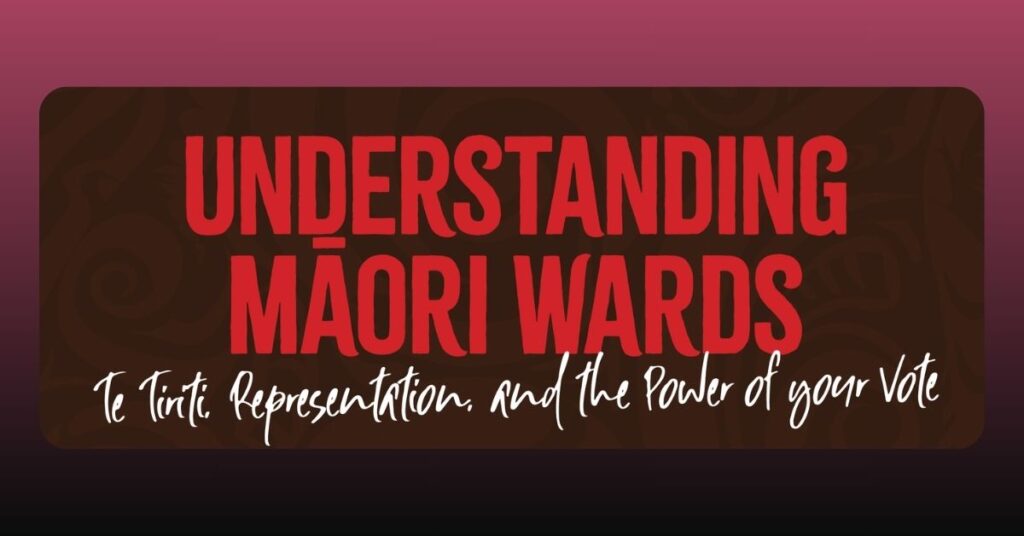
Understanding Māori Wards
This year at the local government elections, 9 September to 10 October, Kiwis will have the opportunity to vote for fair representation in our local governments. We will be asked to vote whether to keep our Māori ward representation in local government binding polls. Here is what you need to know.
What is a ward?
A ward is a community in which candidates are elected to serve the needs and interests of that community. The number of seats in a ward depends on the number of people in that community. Wards are often designed to reflect geographical areas or communities of interest. In Thames- Coromandel District there are currently four geographical wards and one Māori ward.
Māori wards are electorates created to ensure Māori representation. The number of seats depends on how many people are on the Māori roll within the district/region. The elected Māori ward candidate will serve the whole district or region but will represent their voters’ interests.
This year, at the local government elections, voters will be asked if they want to keep the Māori ward that our local council, TCDC, established in 2024. This is because the current coalition government has removed our local elected representatives’ ability to establish Māori wards without asking everyone in the district or region what they think.
Where did this all start?
Back in 2001, the Bay of Plenty Regional Council introduced the first Māori wards.
After this, other councils attempted to establish Māori wards and constituencies. But a law passed by politicians who disagreed with Māori representation made it necessary for all local councils to hold a binding poll, also called a referendum, if they wanted to establish a Māori ward within their district or region. Labour abolished the need for a referendum in 2021, then the current government brought it back.
Does democracy work for Māori wards?
In New Zealand, Māori make up 17.8% of the population according to the last census in 2023. Some people say that because there are more Pākehā than Māori in NZ it is undemocratic to provide Māori wards unless the majority agrees to it. History has proven that by passing the choice of Māori representation to the voting public (a large Pākehā majority), Māori wards cannot survive. For example, over many decades of TCDC, only two councillors of Māori descent have ever been elected, and many have tried.
So, because the Indigenous people in Aotearoa are so outnumbered – in part due to colonisation which introduced disease, land dispossession, enforced poverty and suppressed the Māori language – democracy works against them.
Interesting fact: some councils have Rural wards which are created to represent a minority community – and no binding poll or referendum is required for these.
Will Māori wards cost more money?
No. The existing pool of funds for councillors’ wages will be shared with one more councillor. Also, it will potentially save money by eliminating decisions made without full Māori consideration. For example: the Thames Centennial Pool (constructed in the 1970s) is being relocated, largely due to its location on an urupa (burial ground). The Thames-Coromandel District Council and Ngāti Maru have agreed to relocate the pool by 2027, returning the urupa land to Ngāti Maru.
Who gets a say?
Everyone can vote in the 2025 referendum on Māori wards. Only people on the Māori roll can vote for a Māori ward candidate. So, in this 2025 local election, think hard about this referendum. Māori wards are an issue of fairness, a step towards respecting Te Tiriti o Waitangi and better local decision-making. Learn more at www.votelocal.co.nz/maori-wards-and-constituencies/
There will be some community and household meetings to discuss the Māori wards issue – if you would like a speaker to help inform you and your neighbours, reach out to our local community collective for Māori wards at www.facebook.com/KeepOurTCDCMaoriWard
To secure a Māori voice in local decision-making, which will benefit all of us, tick ‘I vote to keep the Māori ward’ in the referendum. Voting is by post, opens on September 9 and closes on October 10.
Words by Sharyn Morcom


